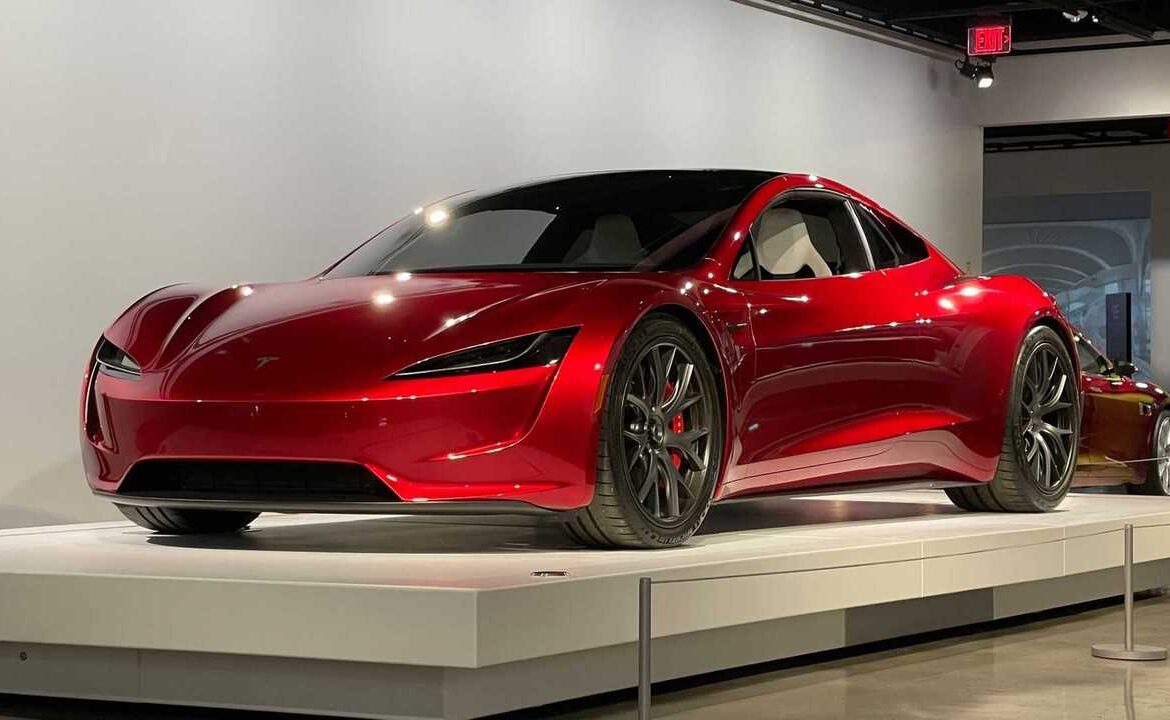
The 5 Tesla Phenomenon
In the realm of electric vehicles, Tesla has emerged as a pioneer, revolutionizing the automotive industry with its cutting-edge technology, sleek designs, and commitment to sustainability. Founded in 2003 by Elon Musk, Tesla has grown from a niche player to a global leader, challenging traditional automotive norms and setting new standards for innovation. This article delves into the evolution of Tesla, its key technologies, market impact, challenges, and the future outlook for the electric car giant.
I. The Genesis of Tesla
A. Founding Vision Tesla Motors, now known simply as Tesla, was founded with a bold vision to accelerate the world’s transition to sustainable energy. Elon Musk, Martin Eberhard, and Marc Tarpenning spearheaded the company with the goal of proving that electric vehicles could be both practical and desirable.
B. Early Struggles Tesla faced numerous challenges in its early years, including financial difficulties, production setbacks, and skepticism from the automotive industry. Despite the hurdles, Musk’s unwavering determination and strategic decisions propelled the company forward.

II. Technological Innovations
A. Electric Powertrain At the core of Tesla’s success lies its electric powertrain technology. The company’s vehicles are powered by lithium-ion battery packs, enabling impressive acceleration, long-range capabilities, and zero emissions. The electric powertrain has not only redefined the driving experience but has also contributed to reducing the carbon footprint of transportation.
B. Autopilot and Full Self-Driving Tesla has been at the forefront of autonomous driving technology, introducing features like Autopilot and Full Self-Driving (FSD). Autopilot, a driver-assistance system, enables automated steering, acceleration, and braking. FSD takes it a step further, aiming to achieve full autonomy, allowing the vehicle to navigate and operate without human intervention.
C. Supercharger Network Tesla addressed the range anxiety associated with electric vehicles by establishing a robust Supercharger network. These fast-charging stations are strategically located worldwide, providing Tesla owners with the convenience of quick and efficient charging, further promoting the adoption of electric vehicles.

III. Market Impact
A. Disrupting the Automotive Industry Tesla disrupted the traditional automotive landscape by proving that electric vehicles could outperform their gasoline counterparts in terms of speed, range, and sustainability. The success of the Model S, Model 3, /X, and/Y has challenged established automakers to accelerate their own electric vehicle development.
B. Financial Performance Despite initial skepticism from investors, Tesla’s financial performance has been impressive. The company’s stock price has soared, making it one of the most valuable automakers globally. Tesla’s ability to achieve profitability and consistent growth has defied conventional wisdom in the automotive industry.
C. Influence on Competitors Tesla’s success has forced traditional automakers to reevaluate their strategies. Many have announced ambitious plans to transition to electric vehicles, invest in battery technology, and develop autonomous driving capabilities. The competitive landscape of the automotive industry has been fundamentally altered by Tesla’s presence.

IV. Environmental Impact
A. Sustainability Focus Tesla’s mission extends beyond creating high-performance electric vehicles. The company is committed to sustainability, aiming to reduce global dependence on fossil fuels. By promoting the use of electric vehicles and renewable energy sources, Tesla contributes to the mitigation of climate change and environmental degradation.
B. Battery Technology Advancements The development of Tesla’s Gigafactories signifies a commitment to advancing battery technology. The Gigafactories produce high-capacity battery cells at scale, driving down costs and making electric vehicles more accessible to a broader market. This focus on battery technology has implications not only for electric vehicles but also for energy storage solutions.

V. Challenges and Criticisms
A. Production Challenges Tesla has faced numerous challenges in scaling up production to meet increasing demand. Issues with manufacturing processes, supply chain disruptions, and delays in delivering new models have been persistent challenges for the company.
B. Autopilot Safety Concerns The deployment of autonomous driving features, particularly Autopilot, has sparked safety concerns and regulatory scrutiny. Accidents involving Tesla vehicles using Autopilot have raised questions about the technology’s reliability and the ethical implications of relying on automated driving systems.
C. Market Volatility Tesla’s stock has experienced significant volatility, with its value subject to fluctuations based on market sentiment, investor expectations, and global economic conditions. The company’s reliance on the capital markets for funding and expansion has exposed it to market uncertainties.
VI. Future Outlook
A. Expansion into New Markets Tesla continues to expand its global footprint, targeting emerging markets and increasing production capacity. The opening of Gigafactories in different regions, such as Gigafactory Shanghai and Gigafactory Berlin, reflects the company’s commitment to meeting the growing demand for electric vehicles worldwide.
B. Advancements in Battery Technology Tesla’s ongoing research and development efforts in battery technology aim to enhance energy density, reduce costs, and extend the lifespan of batteries. Breakthroughs in this area could further solidify Tesla’s position as an industry leader and accelerate the adoption of electric vehicles on a global scale.

C. Competition and Collaboration As traditional automakers invest heavily in electric vehicle development, Tesla faces increased competition. The landscape is evolving with new entrants and established players, each striving to capture a share of the growing electric vehicle market. Additionally, collaborations and partnerships with other industries, such as energy storage and renewable energy, could shape Tesla’s future trajectory.
Founded in 2003 by Elon Musk, Tesla has grown from a niche player to a global leader, challenging traditional automotive norms and setting new standards for innovation.
Conclusion
Tesla’s journey from a Silicon Valley startup to a global automotive powerhouse is a testament to the transformative potential of electric vehicles. Through technological innovation, market disruption, and a commitment to sustainability, Tesla has reshaped the automotive industry. While facing challenges and criticisms, the company’s future outlook remains promising, with continued advancements in technology, expanding market presence, and a pivotal role in driving the transition to sustainable transportation. The impact of Tesla on the automotive industry is undeniable, and its story continues to unfold as the world embraces a future where electric vehicles are the norm rather than the exception.
click here for more arrtical

hina
today i buy this car from softicera